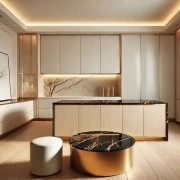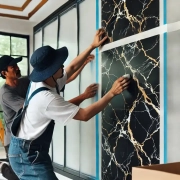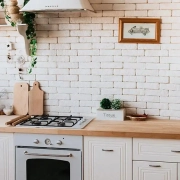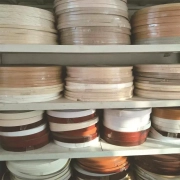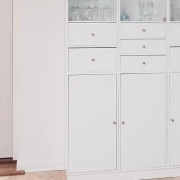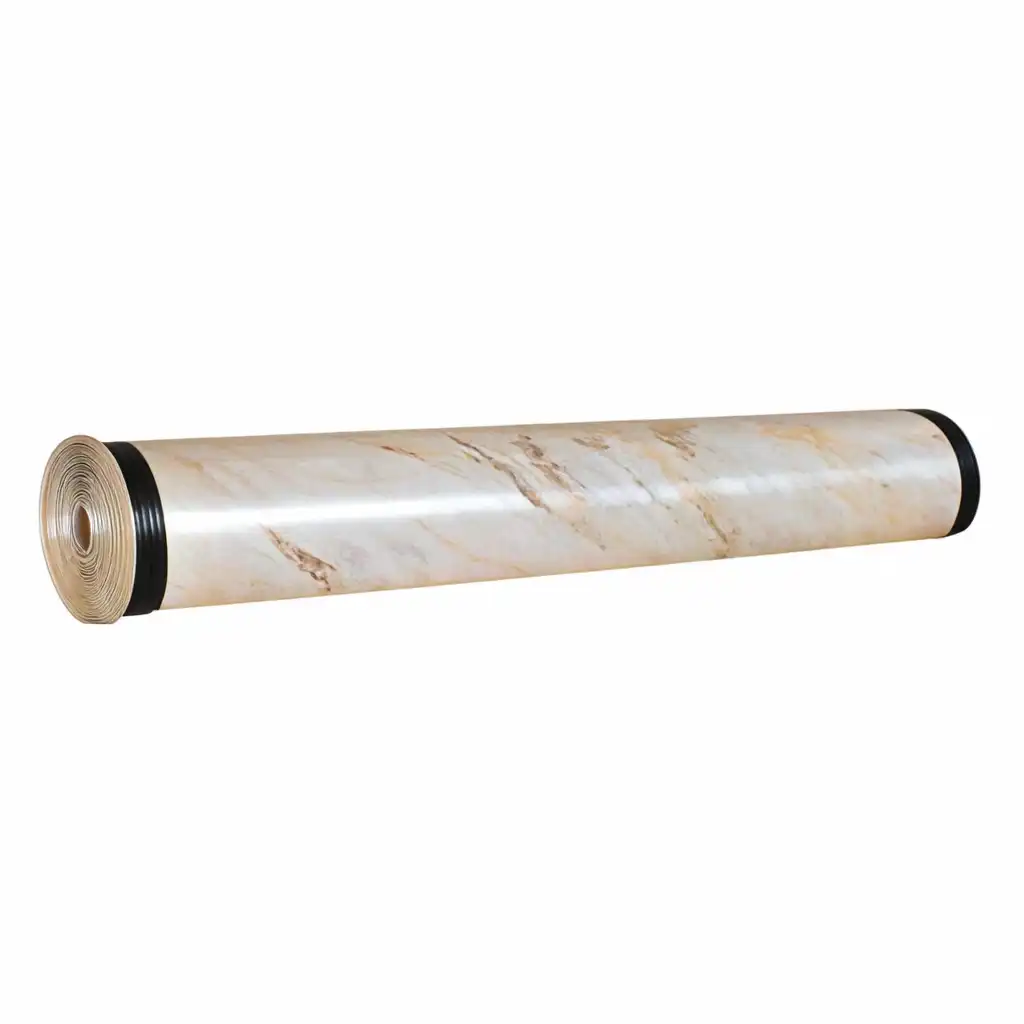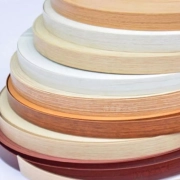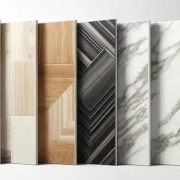What are the Differences Between PVC Sheets and PVC Films?
What are the Differences Between PVC Sheets and PVC Films?
Both PVC sheets and films are primarily made from the same material—polyvinyl chloride (PVC)—and share some typical applications, such as wall panels, ceilings, partitions, tabletops, cabinet doors, and wardrobe doors.
So, what distinguishes these two products, and how should you choose the right one when selecting a protective film for your application surface? Let’s dive into the differences between these two products and how to choose the one that best suits your needs based on their characteristics.
Differences in Appearance and Touch Feel
PVC sheets are thicker PVC products, usually ranging from 0.5mm to several centimeters, and possess high mechanical performance. Therefore, they appear thick, solid, and rigid to the touch.
PVC films are thinner PVC products, with thicknesses typically ranging from 0.1mm to 0.5mm. They are highly flexible and extensible. They appear lightweight and soft, with vibrant colors and intricate patterns, and feel smooth and silky.
Production Process and Product Differences
PVC Sheets
The manufacturing process of PVC sheets focuses on enhancing impact resistance and mechanical performance. Additives such as impact modifiers, toughening agents, and stabilizers are added during production to increase the material’s strength and durability, making it less likely to break under impact.
The production process typically uses extrusion or calendering methods, which help form a uniform, non-porous structure, providing high mechanical performance and effective resistance to impact.
PVC Films
PVC films focus more on decorative effects and are softer, more flexible, and extensible, allowing for complex, three-dimensional designs and patterns. Manufacturers use plasticizers (like DOP, DINP, etc.) and stabilizers in the production process, along with minimal filler materials.
The films are produced using blowing or calendering methods, ensuring uniform thickness. The material’s flexibility can be further adjusted by controlling the plastification temperature and calendering speed.
Operational Differences
Due to their thickness, PVC sheets require professional tools for cutting, such as electric saws, scissors, or laser cutting machines. However, the rigidity of the sheet makes it easy to fix in place. Once positioned, nails, screws, or adhesives can be used to secure the sheet, and it won’t quickly move during installation.
PVC films are much thinner, so cutting only requires scissors or knives without professional tools. However, since they are soft and easily bendable, special attention must be given to ensuring the film stays in position when applied to the surface. On the positive side, its flexibility makes it ideal for covering complex curved surfaces.
Cost Differences
Due to their thickness and superior physical properties, PVC sheets are generally more expensive than films. Cutting and installation are also more time-consuming and labor-intensive, often requiring professional tools and workers. As a result, the installation cost may be higher than that of PVC films.
PVC films are lightweight and easy to process and install, reducing material and installation costs and making them more affordable.
Differences in Application Scenarios
Due to their rigidity, PVC sheets are typically used on flat surfaces and are less suitable for applications with complex shapes or curved surfaces. However, they are ideal for applications requiring structural support, as their high mechanical strength and rigidity provide support while offering a decorative function.
PVC films offer various patterns and colors and are lightweight and flexible, making them suitable for extensive use in home decoration, especially for applications on complex shapes and curved surfaces where they can adapt well.
Performance Differences
Strength
PVC sheets have higher tensile strength and impact resistance, making them suitable for applications with high structural requirements, such as building panels and partition walls.
PVC films are thinner, have lower tensile strength, and are more suited for lightweight applications such as packaging and interior furniture surface decoration.
Toughness and Flexibility
PVC sheets are highly rigid, which means they lack flexibility and are difficult to bend.
Due to their structure, the use of plasticizers, and the production process, PVC films are extremely tough and flexible. They can bend and extend easily, making them suitable for complex surfaces.
Weather Resistance
PVC sheets are well-suited for outdoor applications. Their formulas contain UV stabilizers, effectively preventing aging caused by sunlight exposure and giving them superior weather resistance.
PVC films have weaker UV resistance than sheets and are more suitable for indoor applications, as they are not designed for long-term exposure to direct sunlight.
Selection Guide
- Indoor Applications: If your application is for indoor use, PVC films are more suitable. Their properties meet the demands of indoor applications. They also offer better adaptability to complex surfaces and provide enhanced decorative effects.
- Lightweight and Cost-Effective Solutions: If you are looking for a lightweight, affordable product to decorate your surface, PVC films are a good choice due to their low cost and wide variety of attractive patterns.
- Structural Support: PVC sheets are the better option for applications requiring structural support, as PVC films cannot provide the necessary strength.
- Outdoor Applications: If your application requires outdoor exposure, PVC sheets should be chosen due to their excellent weather resistance.
If you are looking for PVC decor film for interior decoration, ECO PVC FILM is glad to help you get different solid pvc film and wood grain designs.

